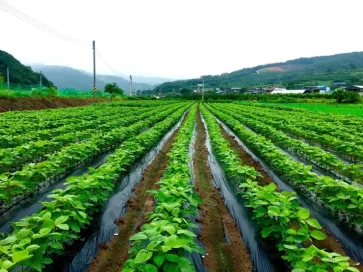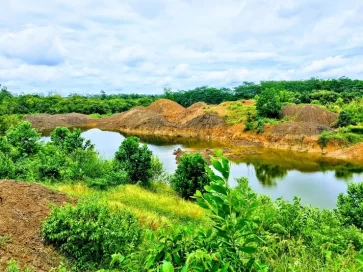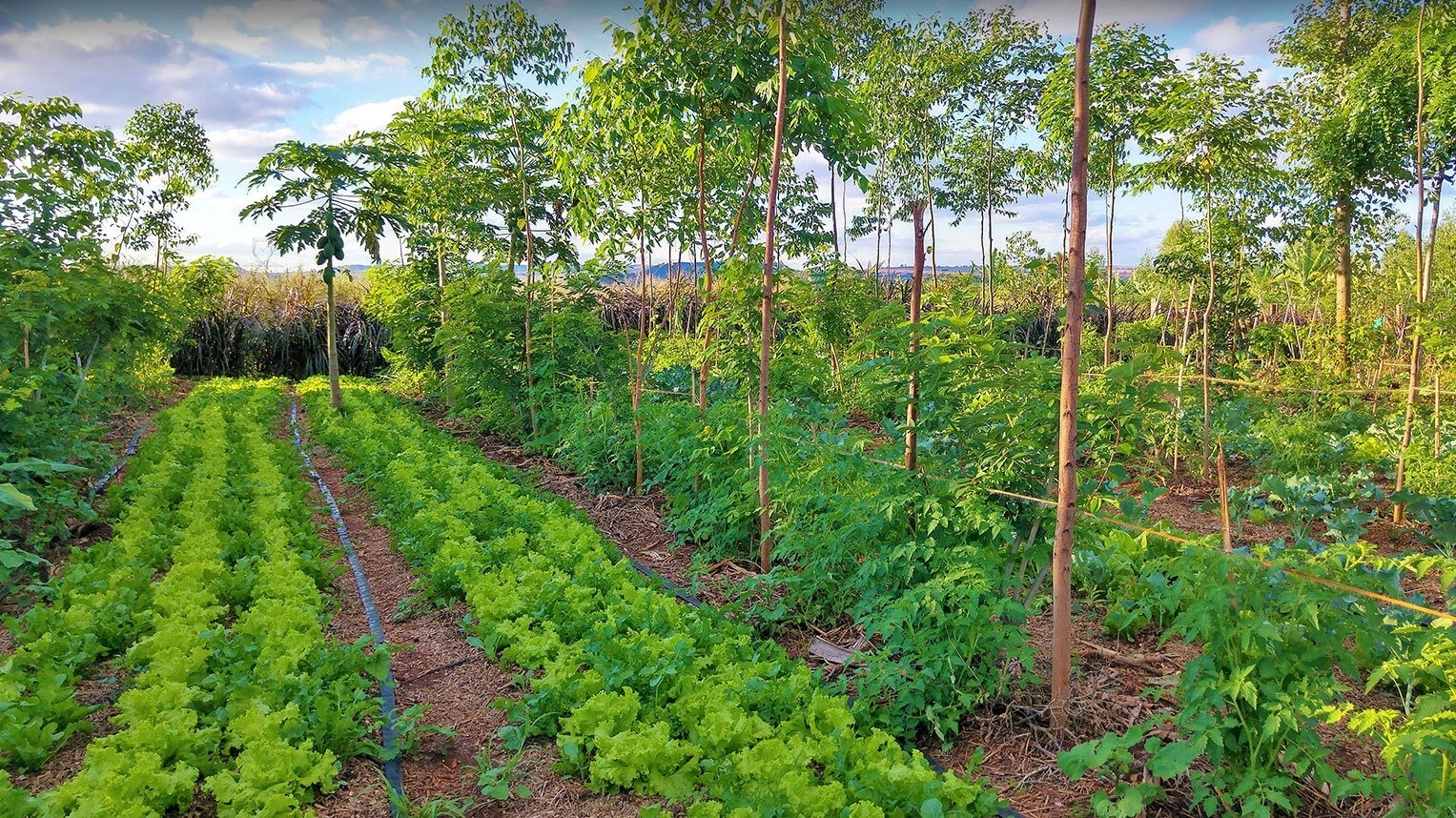Agroforestry, the integration of trees and shrubs into agricultural landscapes, offers a sustainable solution for improving environmental health and enhancing farmers’ livelihoods. This innovative practice is particularly relevant in Uganda, where agriculture forms the backbone of the economy. In this blog, we will explore how agroforestry contributes to sustainable agricultural systems, promotes livelihoods, and addresses climate change challenges in Uganda.
What are the ways through which agroforestry can contribute to sustainable agricultural systems?
Agroforestry contributes to sustainable agricultural systems in several significant ways:
- Soil Health Improvement: Trees and shrubs in agroforestry systems help maintain soil fertility by reducing erosion, increasing organic matter, and enhancing nutrient cycling. Their roots stabilize the soil and prevent degradation, which is crucial for sustainable agriculture.
- Biodiversity Conservation: Integrating diverse plant species into farmland enhances biodiversity. This diversity supports various wildlife habitats and promotes a balanced ecosystem, which is essential for pest control and pollination.
- Water Management: Trees in agroforestry systems play a crucial role in water management. They improve water infiltration, reduce surface runoff, and enhance groundwater recharge. This helps maintain a stable water supply for crops.
- Carbon Sequestration: Agroforestry systems are effective in capturing and storing carbon dioxide from the atmosphere, thus mitigating climate change. The biomass of trees and shrubs acts as a carbon sink, contributing to the reduction of greenhouse gases.

How does agroforestry promote sustainable livelihood for farmers in Uganda?
Agroforestry offers multiple benefits that promote sustainable livelihoods for farmers in Uganda:
- Diversified Income Sources: By integrating trees and crops, farmers can diversify their income sources. Trees can provide timber, fruits, nuts, and other non-timber forest products, which can be sold alongside traditional crops.
- Enhanced Food Security: Agroforestry systems enhance food security by providing a variety of food sources. Trees can produce fruits and nuts, while crops and livestock provide additional food and income.
- Resilience to Climate Change: Trees in agroforestry systems offer protection against extreme weather conditions. They can provide shade for crops, reduce wind speed, and improve microclimates, making farming more resilient to climate variability.
- Sustainable Land Use: Agroforestry allows for the productive use of land without degrading it. This sustainable approach ensures that land remains fertile and productive for future generations.
How does agroforestry promote sustainable livelihood for farmers in Uganda and agroforestry as a sustainable solution to address climate change challenges in Uganda?
Agroforestry is a sustainable solution to the climate change challenges faced by Uganda:
- Mitigating Climate Impact: Agroforestry systems absorb carbon dioxide, one of the primary greenhouse gases, thereby reducing the overall carbon footprint. This helps mitigate the impact of climate change on a local and global scale.
- Adaptive Capacity: Agroforestry enhances the adaptive capacity of agricultural systems. By creating more stable and resilient environments, farmers can better cope with the adverse effects of climate change, such as droughts and floods.
- Sustainable Practices: The integration of trees and crops promotes sustainable agricultural practices that are less dependent on chemical inputs. This reduces the environmental impact of farming and supports long-term sustainability.

In what way does agroforestry enhance eco-friendly livelihood in the context of Uganda?
Agroforestry enhances eco-friendly livelihoods by promoting practices that are beneficial for both the environment and the community:
- Eco-Tourism Opportunities: Agroforestry landscapes can attract eco-tourism, providing an additional income stream for farmers. Visitors are often interested in experiencing and learning about sustainable farming practices.
- Community Engagement: Agroforestry projects often involve local communities, fostering a sense of ownership and responsibility towards sustainable land management. This community-based approach ensures that conservation efforts are inclusive and effective.
- Reduction in Deforestation: By providing an alternative source of income and resources, agroforestry reduces the pressure on natural forests. This helps conserve existing forests and their biodiversity.
- Health Benefits: The diverse plant species in agroforestry systems contribute to better nutrition and health for local communities. The availability of fruits, nuts, and medicinal plants enhances dietary diversity and access to natural remedies.
Conclusion
Agroforestry practices offer a multifaceted approach to promoting environmental sustainability and improving livelihoods, particularly in Uganda. By integrating trees into agricultural landscapes, farmers can enhance soil health, conserve biodiversity, and create resilient farming systems. Moreover, agroforestry provides diverse income sources, enhances food security, and supports eco-friendly livelihoods, making it a powerful tool for sustainable development.
At Agrosahas International PVT LTD, we are committed to advancing agroforestry practices that benefit both people and the planet. By supporting local communities in adopting these sustainable methods, we aim to create a brighter and more sustainable future for all.




